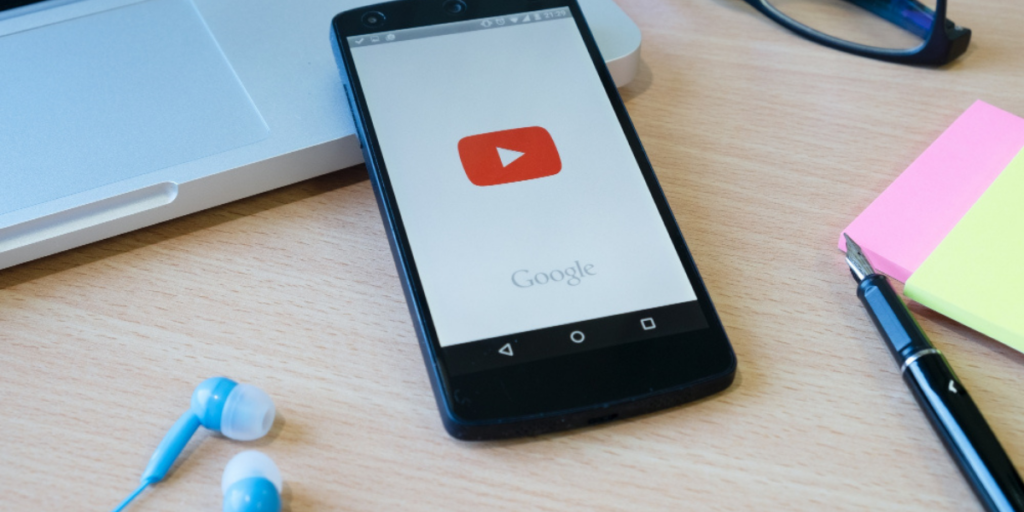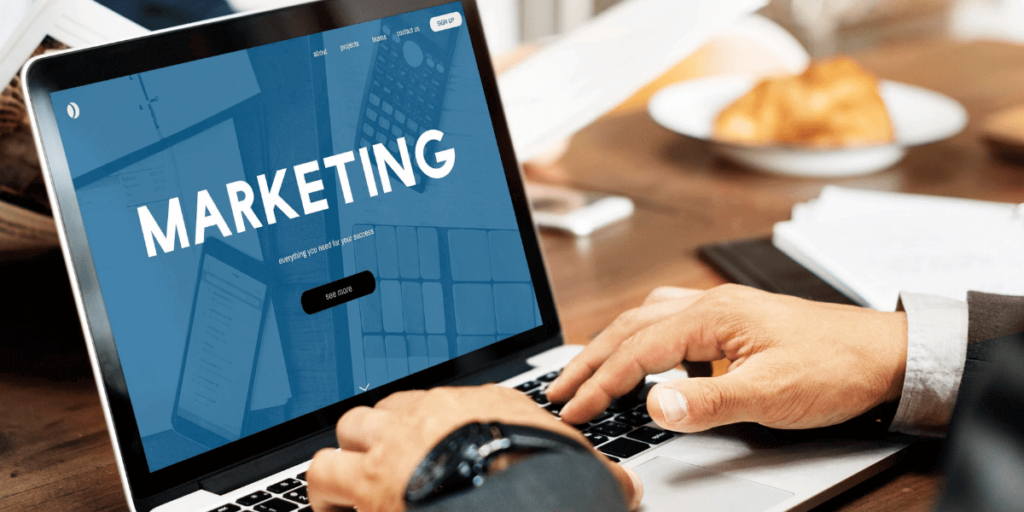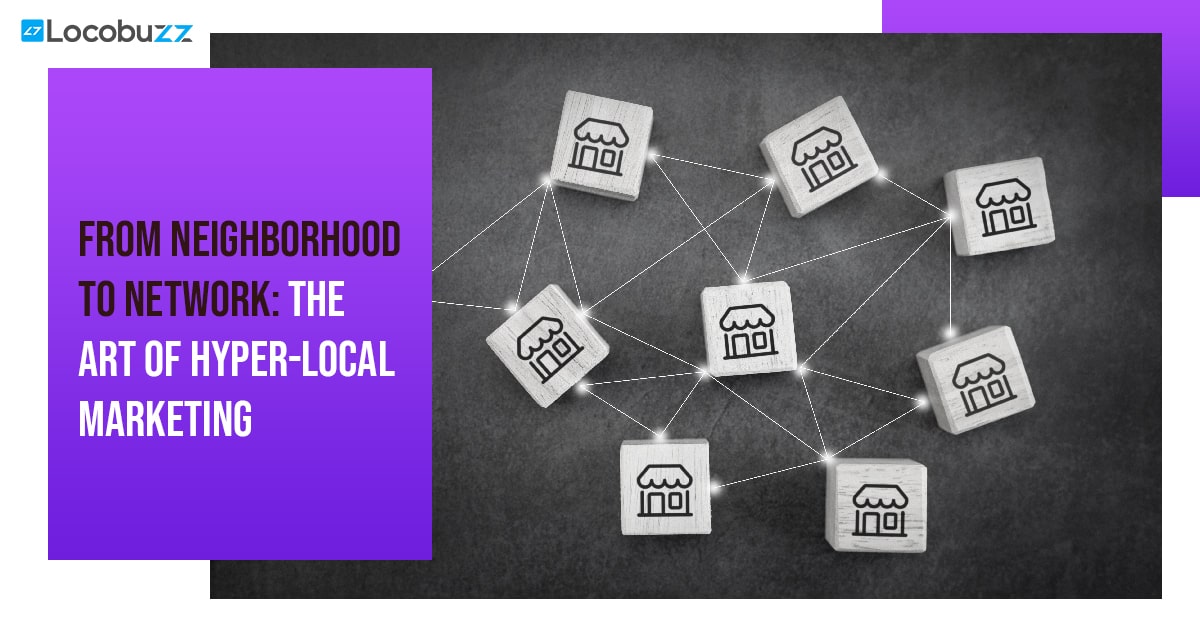Why Competitive Analysis is Crucial for Brands in 2024

Introduction
There’s a universal truth in business: you must beat your competition to be the winner. But, to beat your competition, you first need to understand it. Now, understanding your competition means having clear insights about their fortes, flaws, and the impact of those factors on audience perception. Running a deep analysis of these factors provides a critical tool to strengthen your place in the audience’s minds while pacing past your competitors.
With ever-increasing competition in every field, the significance of this analysis cannot be stressed enough. With that being said, let’s get into a detailed explanation.
What is competitive analysis?
Competitive Analysis is the analysis of the competition to find weaknesses and strengths and compare the same. Think of it as Competitive Benchmarking to put your results against the big names in your industry. Competitive Analysis helps spot prospects for growth while outlining strategies not working as expected.
After a successful round of Competitive Analysis, you’ll figure out the following aspects:
- Your major competitors in the market
- Social Monitoring and Marketing platforms used by your competitors
- The strategies used by your competitors for each platform
- How successful those strategies are for your competitors
- Recognize major threats to your brand’s success
- The gaps in your business and marketing strategies
The framework to run successful competitive analysis
Now that you have a basic idea about Competitive Analysis and its significance, let’s move on to the framework you needed to ace it in 2023!
Social listening to observe competitors’ strategies

Active Social Listening Tools help track online conversations of your competitors to figure out their marketing behavior and strategies. Through Social Listening, you gain valuable competitor information such as new product details, the latest discounts, strategic collaborations, social media marketing channels, type of content, target segments, tone of voice, influencer marketing, and so on.
Put the information you’ve gathered to good use by comparing them against your fortes and flaws. It’ll help you recognize areas for improvement and form marketing strategies.
Example: Fitbit, the consumer electronics and fitness company, has long been deploying Social Listening to incorporate customer feedback into products and services. Fitbit’s popular ‘Reminders to Move’ feature was something customers actively discussed online on the company’s digital channels before it was even developed! Customers initially named this feature ‘Idle Alert’. Consequently, Fitbit was inspired to develop the ‘Reminders to Move’ feature which alerts the user to move around when they’re idle for long hence stimulating physical activity.
Clear understanding of modern tech-savvy customer
The tech-savvy modern customer wields a lot of power over brands. They connect directly with brands to voice opinions, expectations, and demands. Hence, gaining consumer insights by tapping into important data points reveals customer perception and sentiment towards competitor products. It also compares these metrics with your own to find answers to questions like:
- What are customers thinking about your products?
- What do they look for when searching for products in your vertical?
- Which of your competitors are often considered?
- How often are you considered?
- Is your brand among the top names that come to a customer’s mind
Combining data from social media monitoring platforms with good market research helps derive more holistic insights. According to a survey by SproutSocial, nearly 70% of consumers like to see informative and entertaining videos. Out of them, nearly 50% share the content on social media helping you reach more customers.
Benchmark social performance against competition
One foundational step in any good competitive analysis strategy is benchmarking as it helps to develop a clear understanding of your brand’s health and social performance.
You only measure crucial data in a silo if you skip this step. For instance, suppose your audience engagement gets doubled within six months. Sure, that’s great news! But your nearest competitor has quadrupled its audience engagement in the same period of time. It doesn’t sound so much like good news anymore, right?
Also, Read How to Leverage Competition Analysis and Benchmarking
Your social performance is judged based on both owned content and earned content. Owned content is what you publish from your social profiles. Earned content is the organic mentions in social conversations. You need to score better than your competitors in both categories.
Know what works & what doesn’t for actionable insights
Analyzing the content strategy of your competitor is the next step in competitive analysis. You need to figure out what your competitors are doing that’s resonating so well with the industry and the audience.
As every network is different, you can start by content analysis across each social network. For instance, photos and videos work better on Instagram than on Twitter since the latter is more about short texts. You can also take another route and assess the approach of your competitor in a particular campaign or topic by leveraging Social Listening.
Revamp business & marketing strategies with insights

Now that you have the comparative data regarding your and the competitor’s performance, it’s time to get to work. You’ve measured marketing performance and brand identity health so far while gaining insights on industry trends, customer complaints, and product feedback.
Leverage the insights to bring new marketing ideas and improve customer experience. You need to identify business opportunities that help your brand stand out. You already know about the areas where your competitors are lacking. Go ahead and make those areas your fortes. After all, your winning strategy might just be somewhere in the social media and marketing mistakes of your competition.
Example: In the initial years, Facebook was for college students. But, later, it changed its strategy. In 2005, Facebook opened its arm for high-school students. After a year, Facebook started welcoming everyone with a proper email and above 13 years of age. Since then, it has become the most popular social media platform in the world.
Summing up
Regardless of the business size or the industry you belong to, competitive analysis will always be one of the most dependable strategies for making your brand stand out. The insights you draw will improve your marketing strategy and offer considerable business value to your company. So, have you started keeping a close eye on your competitors’ moves yet?

















